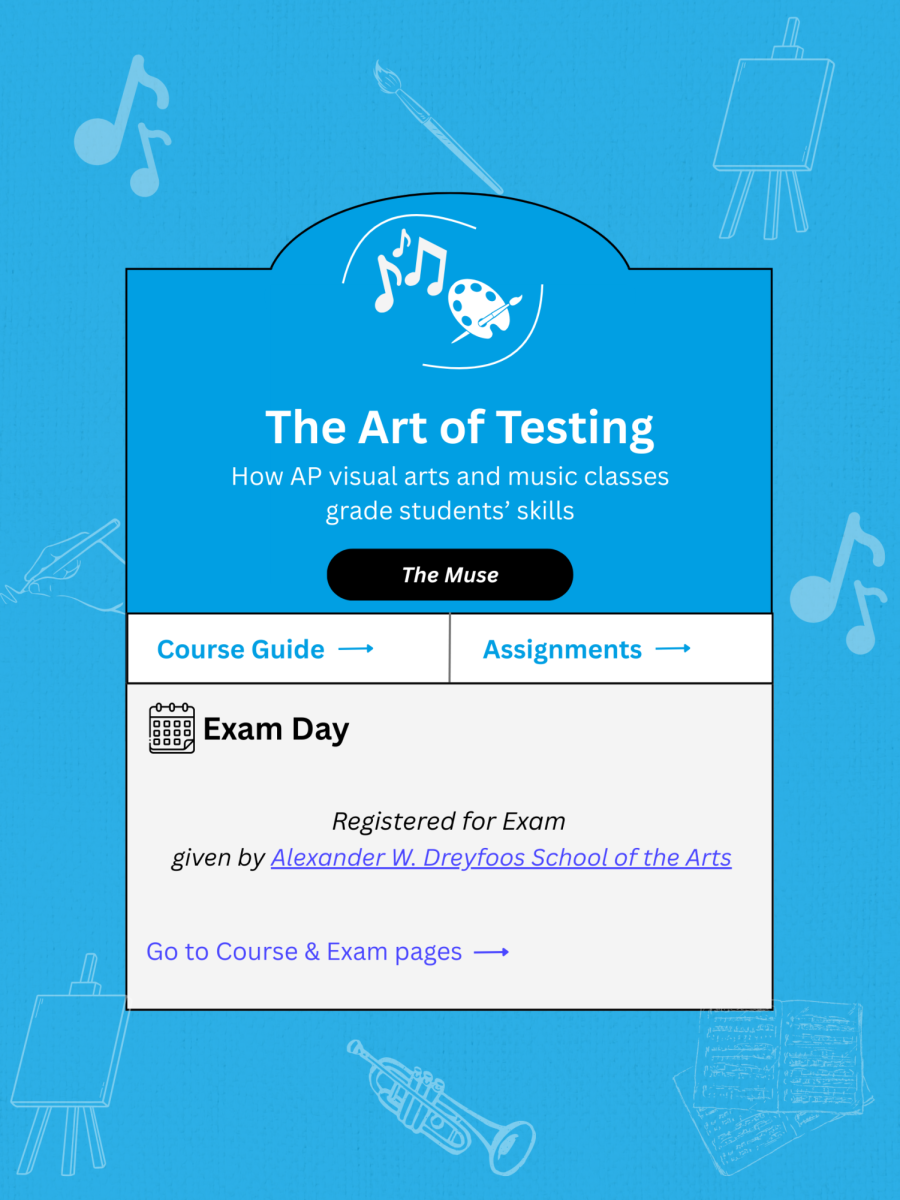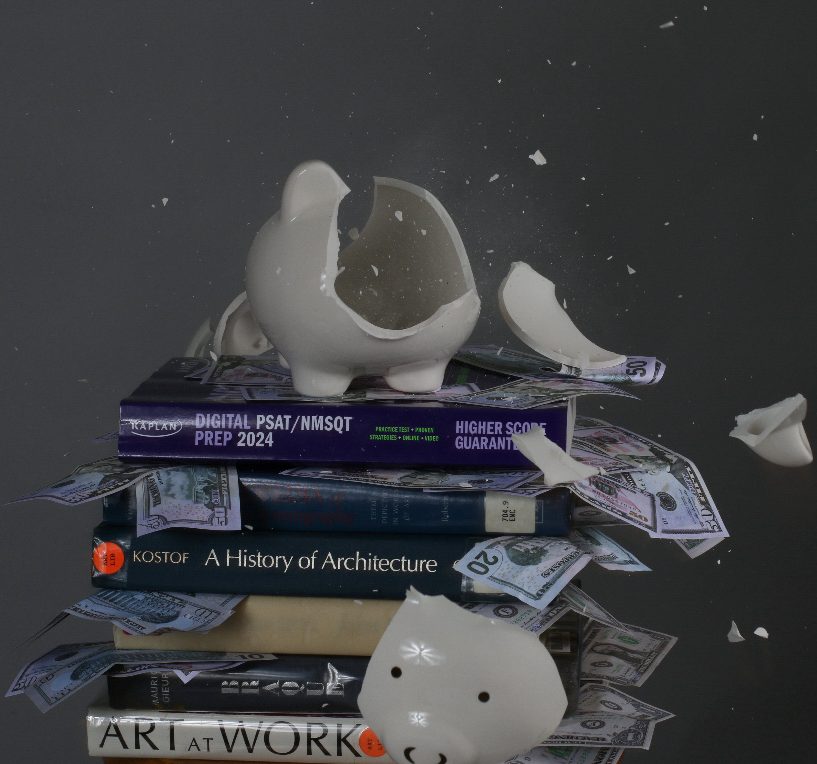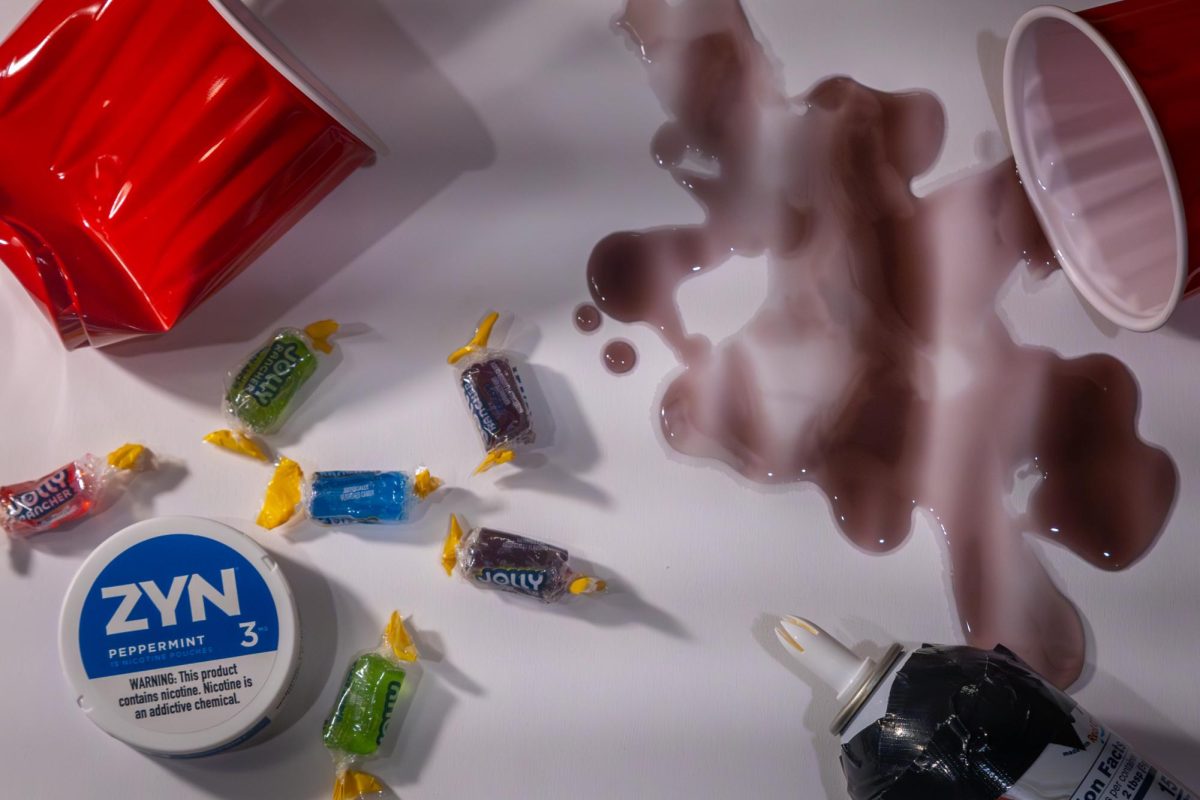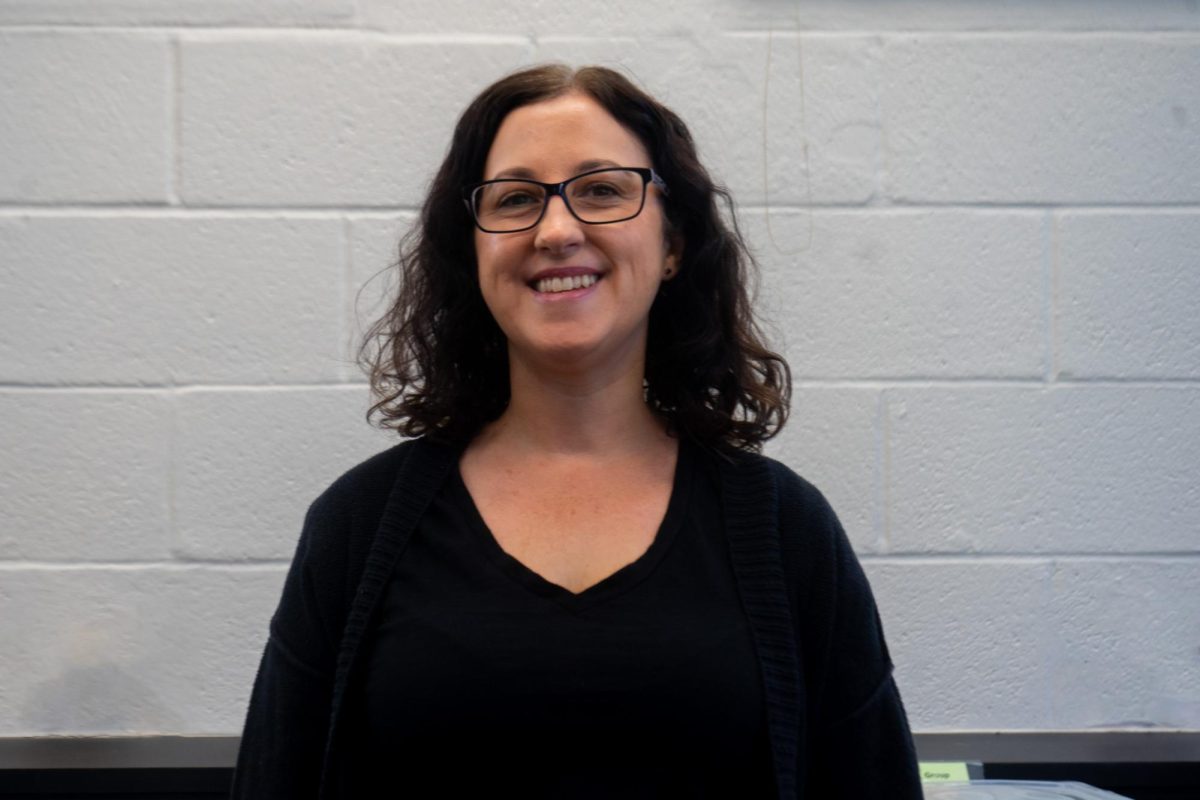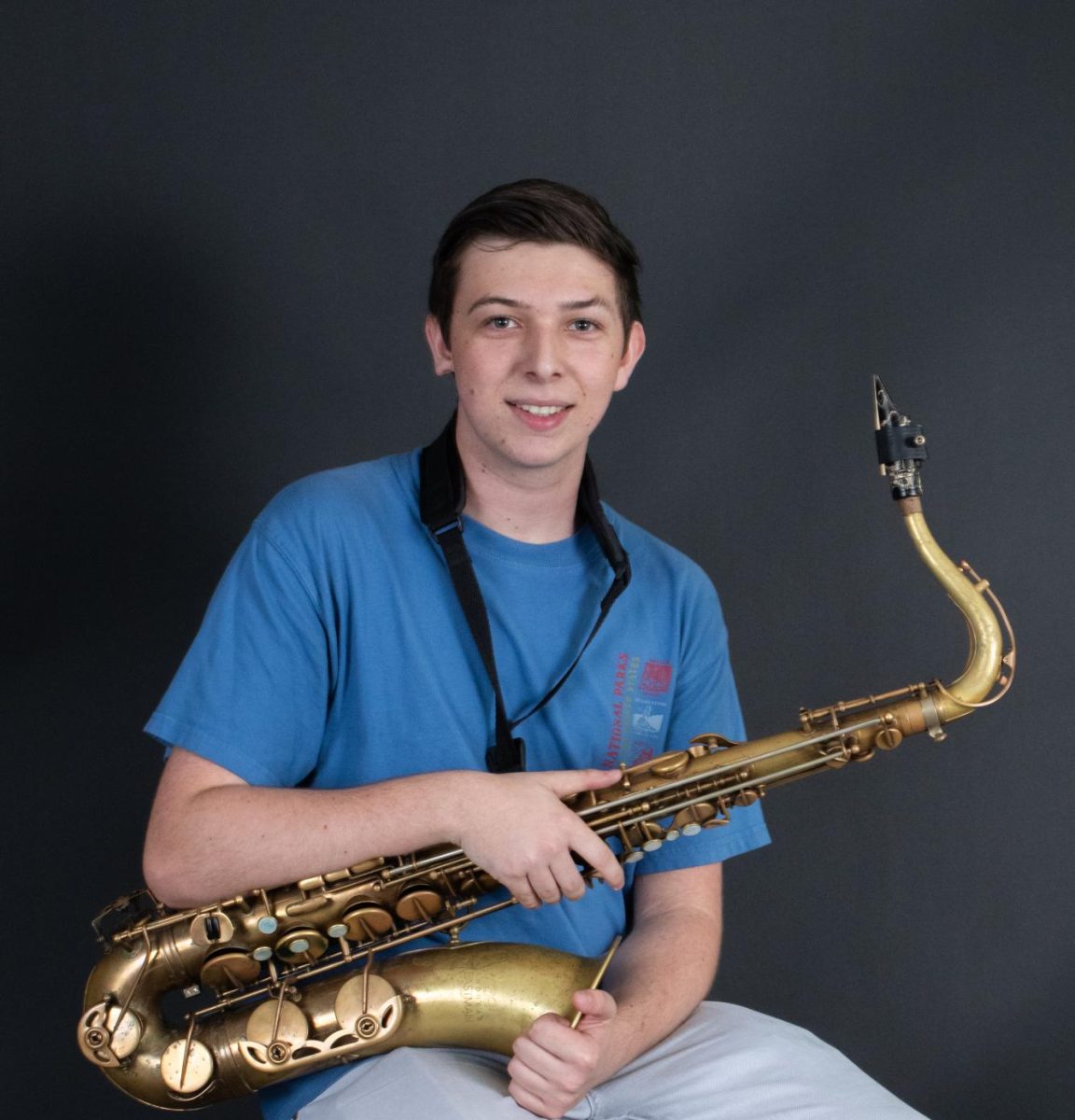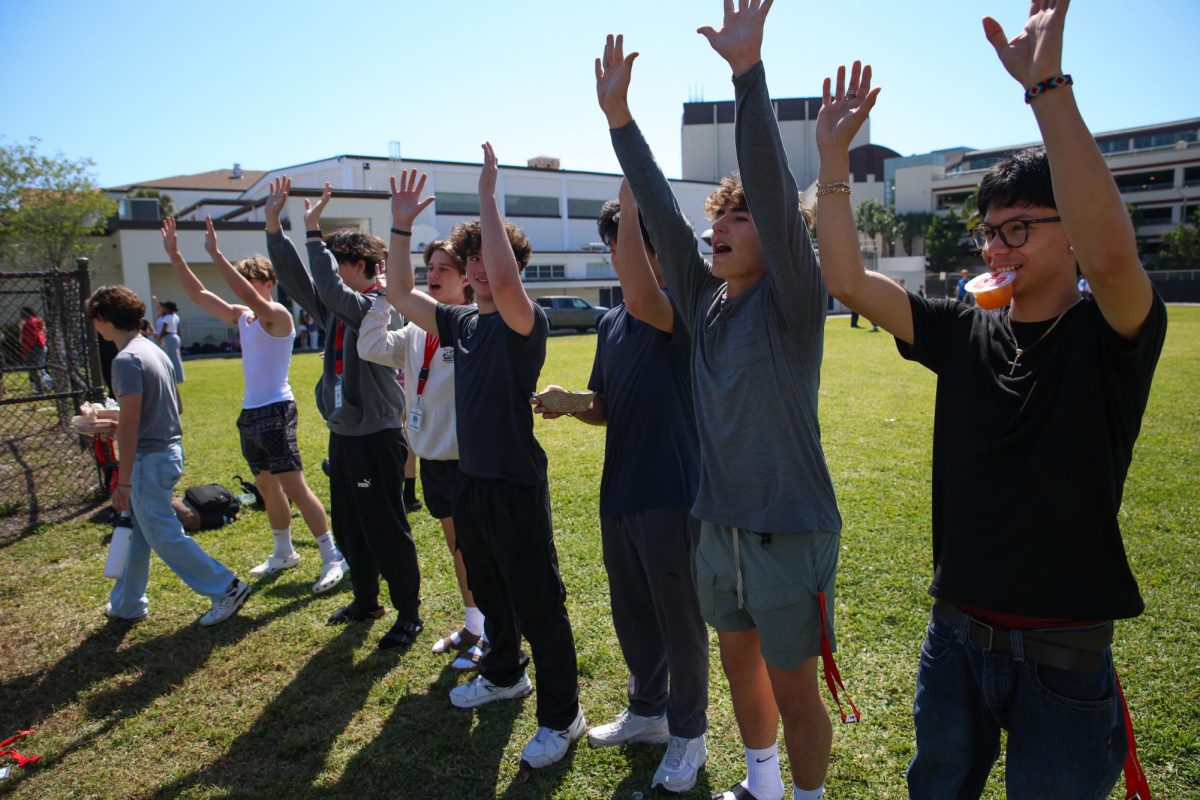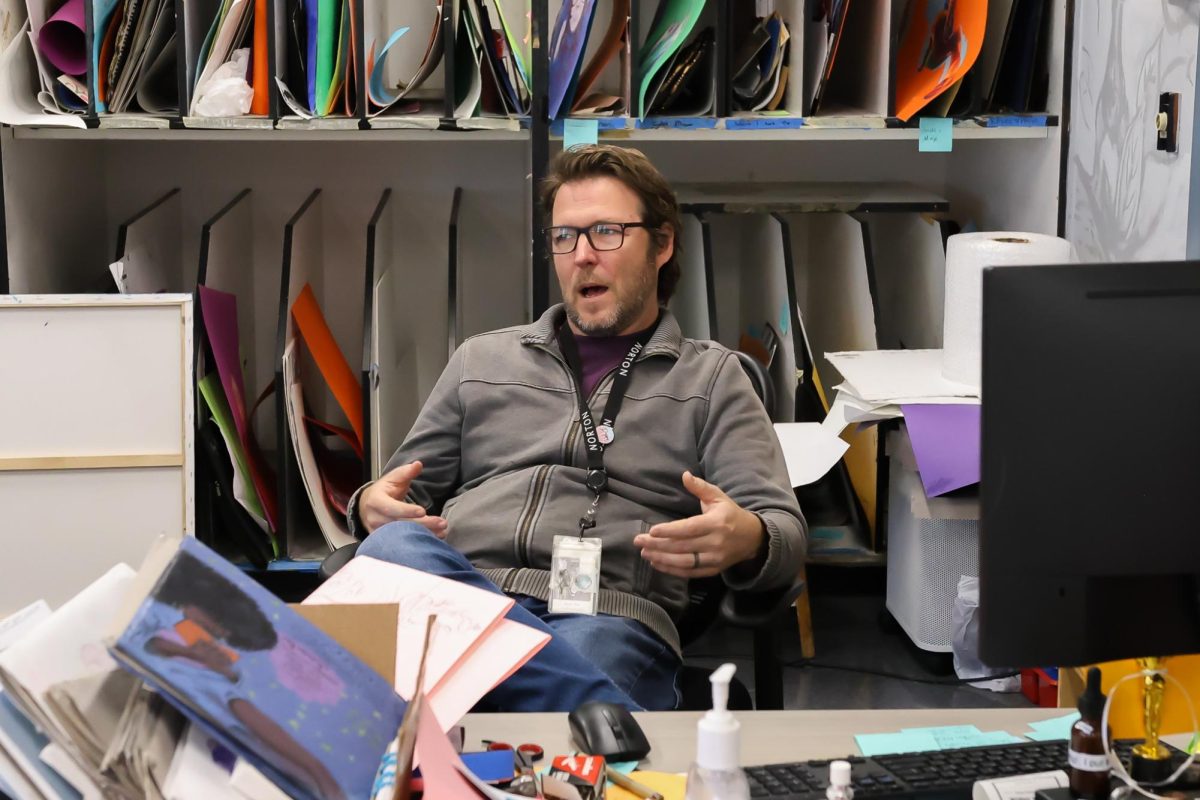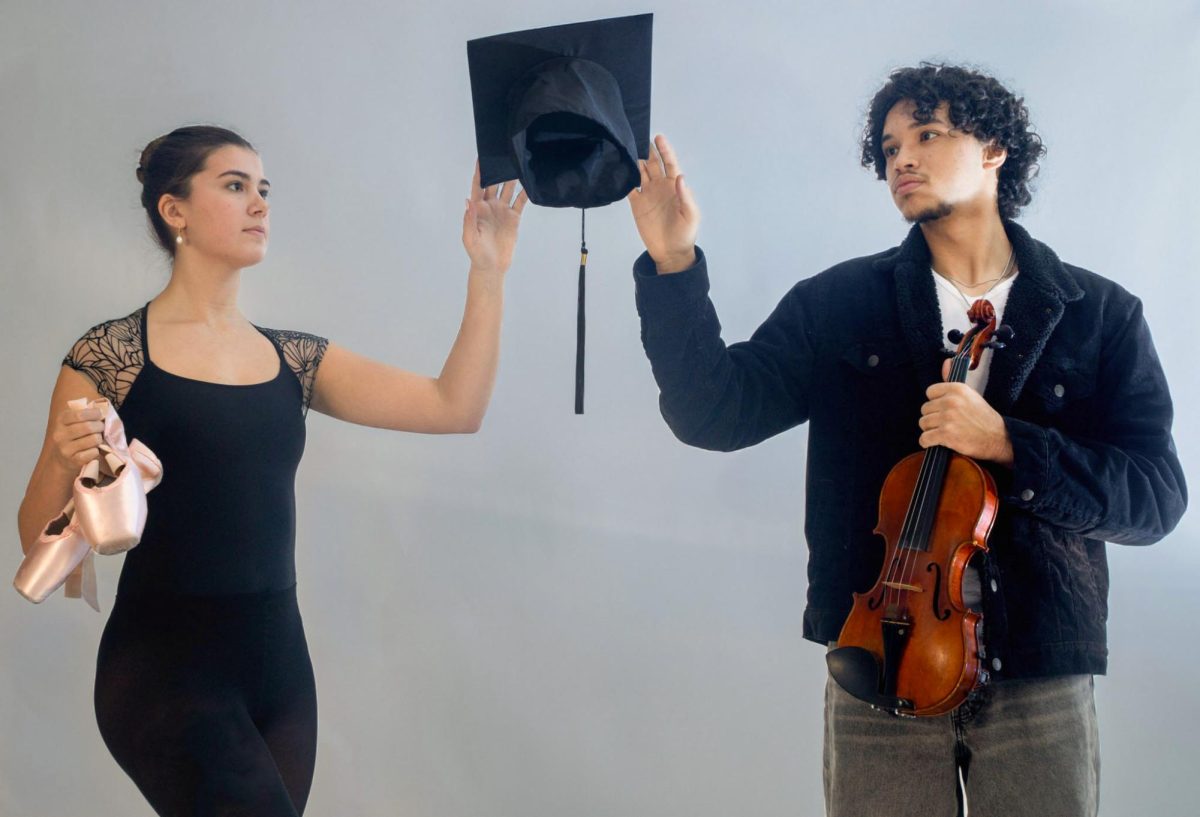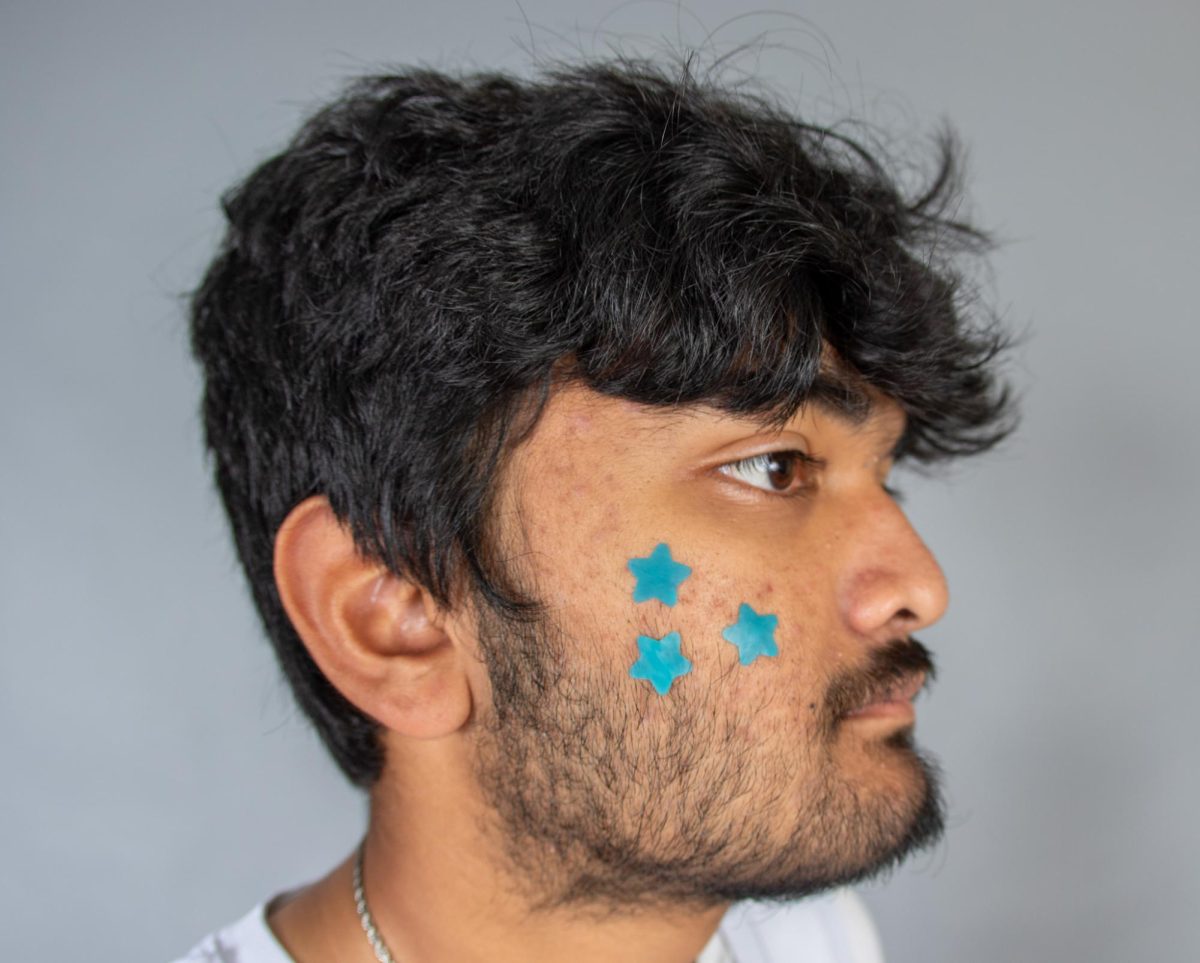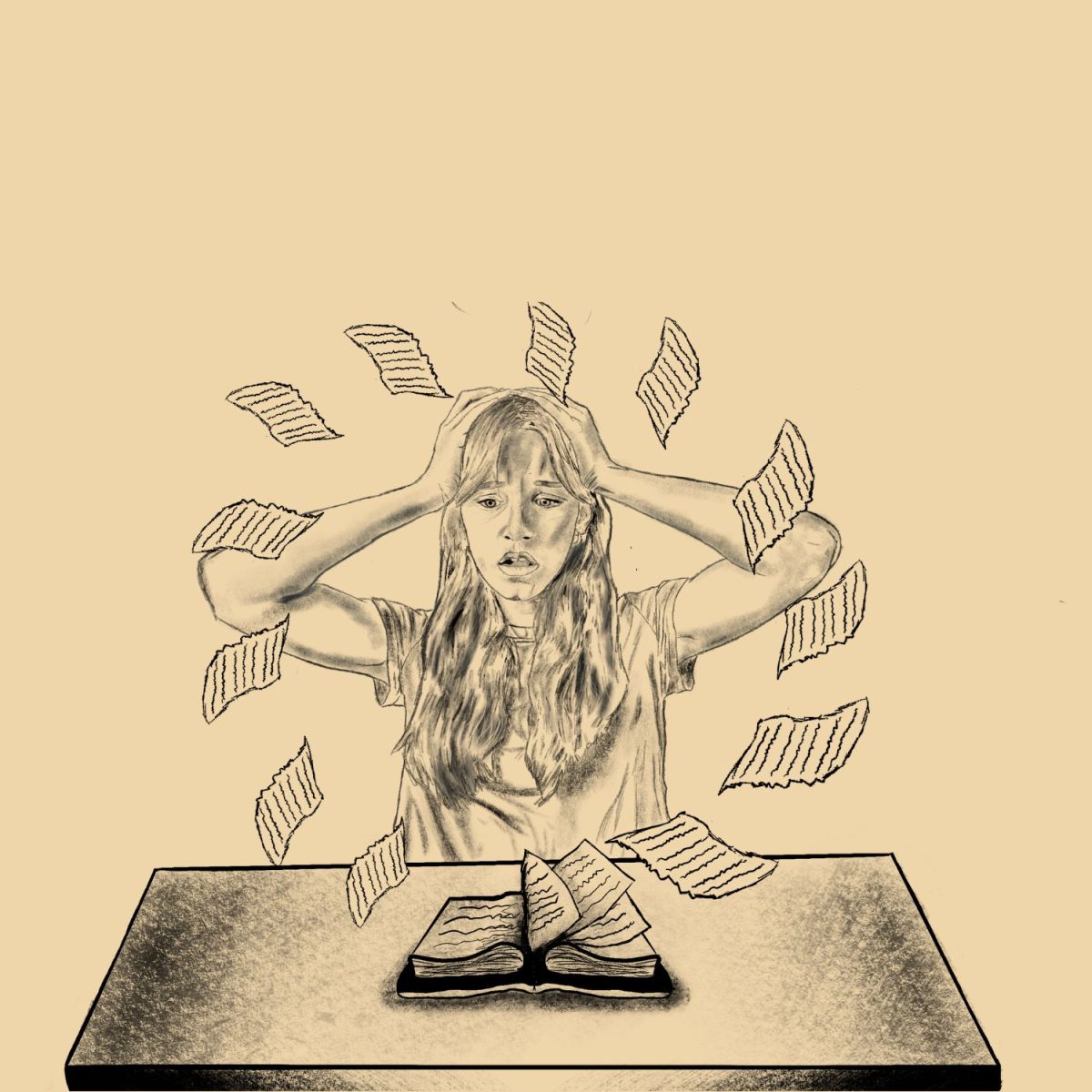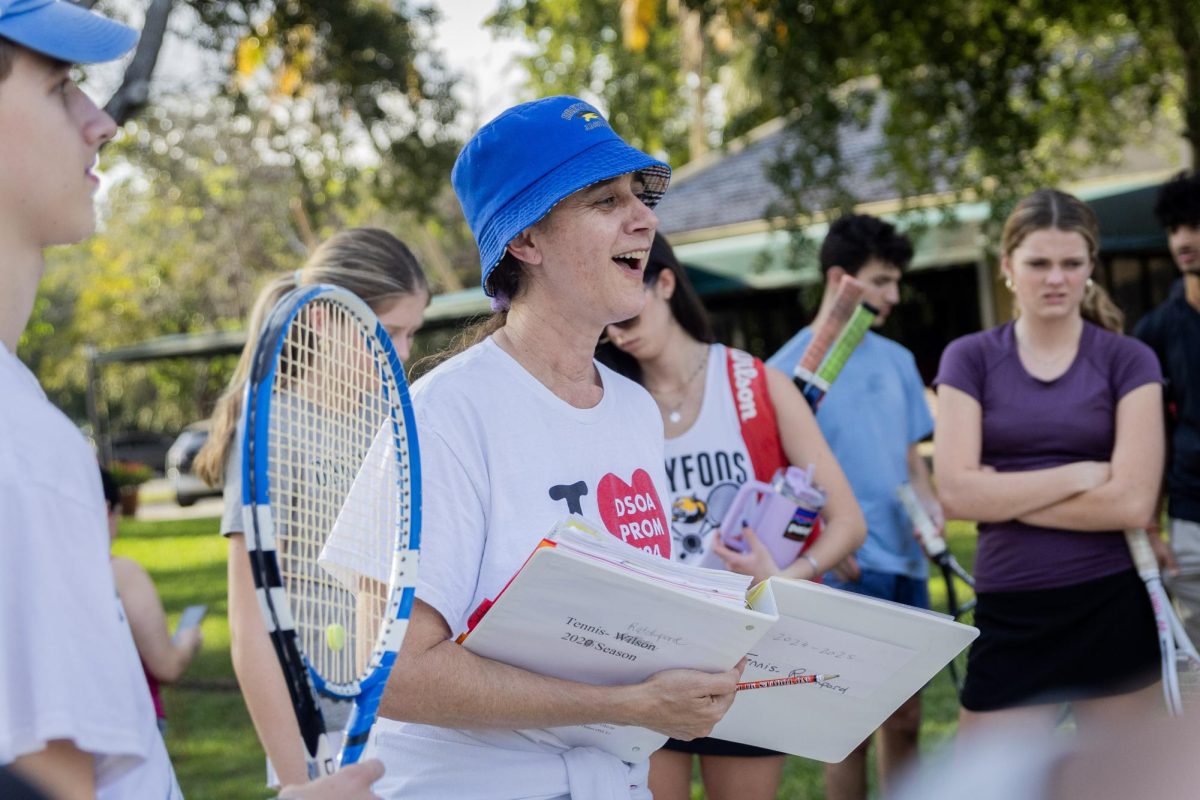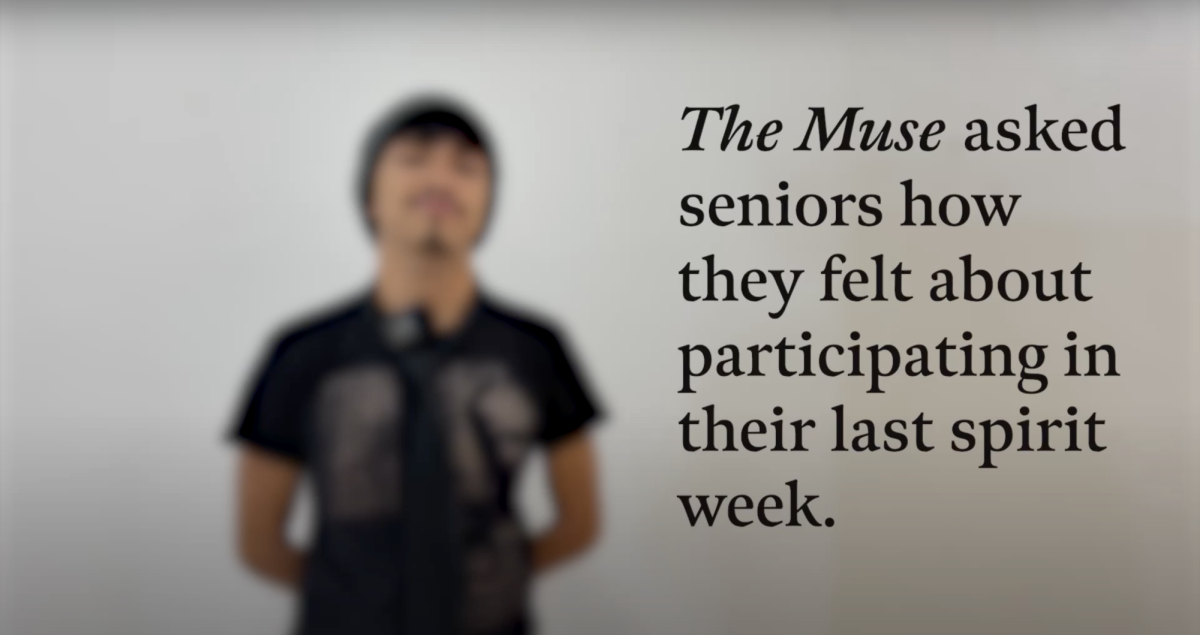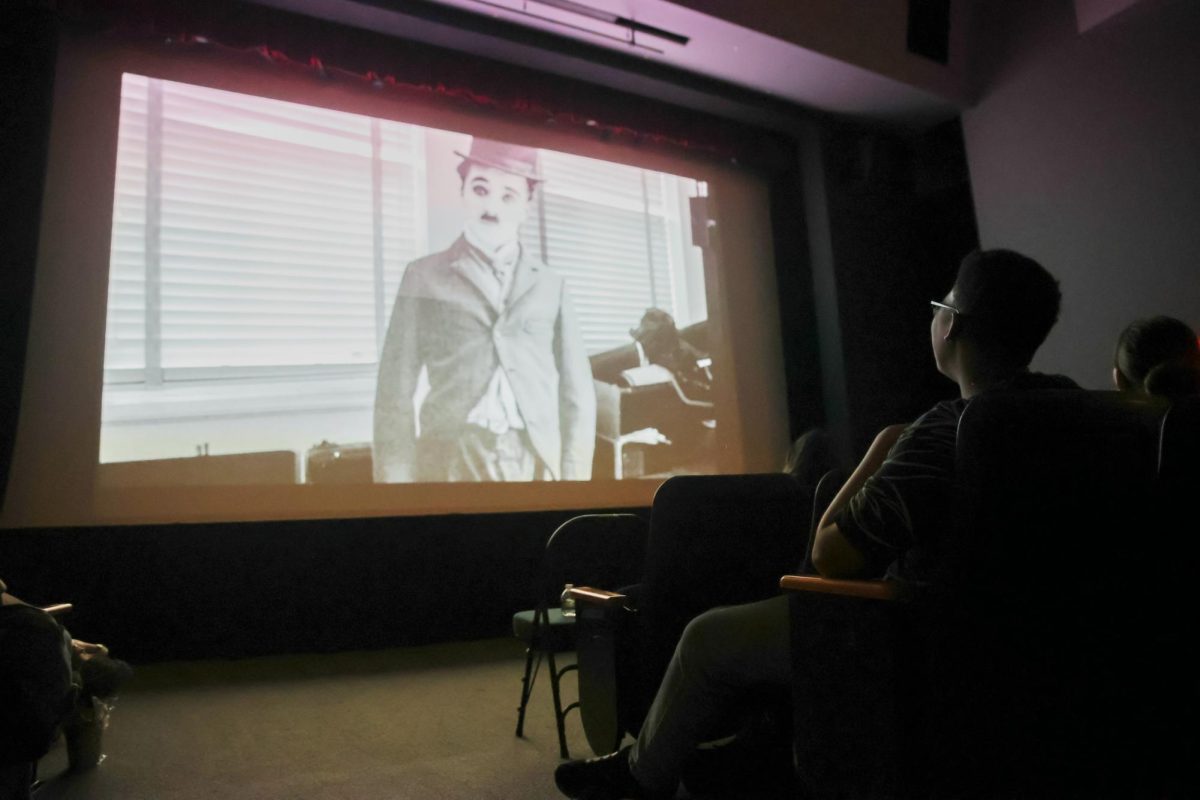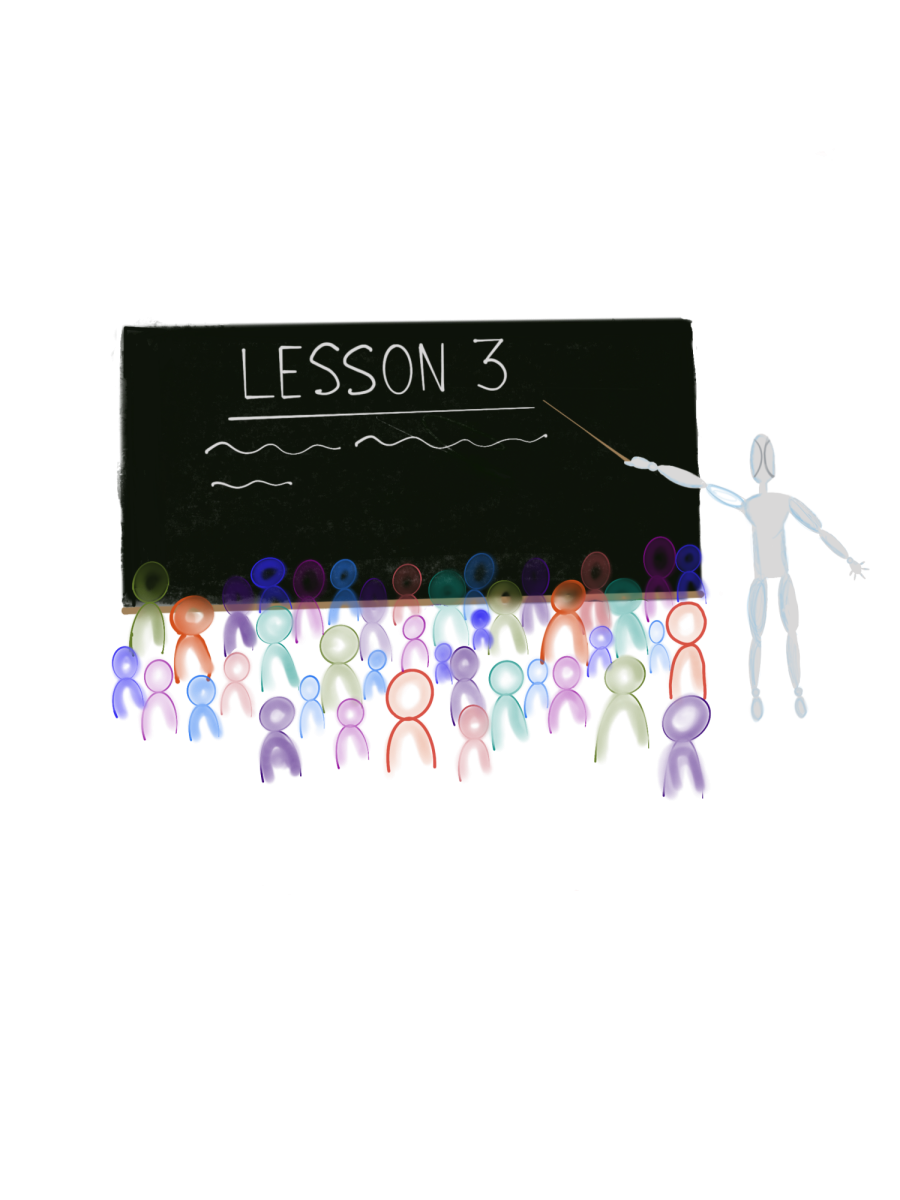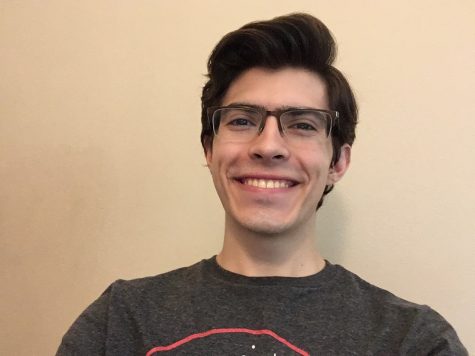At this point in the year, most students would probably describe themselves as “sick of school.” But it’s also increasingly likely for students to be sick, period.
Whether it be an alarmingly high rate of STDs, mental illness, or drug abuse, today’s teenagers risk relinquishing what are supposed to be the best years of their lives as they face an ever-growing list of preventable health problems. One of the most important steps we can take to mitigate the tide of sickness and suffering is implementing extensive health education curriculum in our public schools, something Dreyfoos doesn’t have.
Sex Ed
It has become abundantly clear in recent years that students have not been receiving all the information they need to remain fit and healthy. In the most recent issue of The Muse, it was revealed that 56 percent of students felt they had not been “properly educated” by the school’s sex ed lessons. Over 40 percent reported that their primary source of information about sexuality had been their friends, who are hardly the most reliable of authorities on the subject.
Meanwhile, in a more open culture that embraces different forms of sexuality, STD rates are at an all-time high. The CDC attributes some of the growth in reported STDs to stagnant funding for the organization’s educational outreach programs, meaning a larger share of sex ed has to come from schools and parents.
Mental Health
A health class would ideally educate about much more than the dangers of unsafe sex. Following nearly every school shooting, lawmakers have repeatedly called for mental health reform in our education systems; judging by the statistics, reform is still needed. According to the second issue of The Muse from last year, 15 percent of students surveyed frequently have self-harming or suicidal thoughts. Suicide is now the leading cause of death among teenagers ages 15–19, with the exception of vague “unintentional injuries” and “accidents.” Dreyfoos now has a mental health counselor to help students deal with various forms of mental illness that may contribute to suicidal thoughts.
However, a significant stigma still surrounds the subjects of depression and anxiety disorders, not to mention some of the less common mental illnesses. Despite a 37 percent increase in the number of teenagers suffering from depression over the last decade, the number of those who have actually sought treatment has barely budged. It may be more effective to bring mental health resources to students, rather than expecting students to seek help. A health class could be effective in both reducing the stigma of mental illness and providing students with ways to cope and reach out for help.
Substance Abuse
Among the many contributors to students’ worsening mental health is addiction to harmful substances. Trends like vaping, which was declared an epidemic by the FDA last year, can have potentially catastrophic effects on an individual’s well-being. While Juuls and other e-cigarettes have been promoted as healthier alternatives to combustible cigarettes, they still contain high amounts of the addictive chemical nicotine, along with harmful carcinogens.
The National Institute on Drug Abuse reports that a whopping 87 percent of students are unaware that Juuls and other vapes contain nicotine. The sooner students are educated on the risks of vaping and drug use, the better. Such education would have helped to prevent some of the hundreds of opioid-related deaths that have occured in Palm Beach County in the last few years.
Nutrition and Exercise
While all body shapes should be loved and welcomed, the fat acceptance movement has wrongfully convinced some students that obesity is irrelevant to their overall health. According to the U.S. Department of Health & Human Services (HHS), only one in three students are physically active every day. That, combined with the fact that the average American today consumes over 600 calories more than in 1970, explains the dramatic rise in obesity rates that has gripped the nation.
Our penchant for fast food and our aversion to exercise may even constitute “a growing threat to national security,” as the HHS puts it. Approximately 27 percent of young Americans are too overweight to serve in the military. The greatest danger to America is neither North Korea nor Russia: It’s McDonald’s. In terms of health, obesity presents a greater risk for diabetes, high blood pressure, heart disease, certain types of cancer, sleep apnea, and a host of other ills. Classes in which students learn the effects of poor diet and exercise may compel them to lead healthier lives.
Diagnosis
While students spend their time studying parallelograms, mitochondria, or the agricultural products of Ancient Greece, they are unaware of the most vital knowledge to their health and well-being. As much as we can try to cram weeks of information into a few biology classes, teenagers are still finding themselves woefully uneducated concerning the most basic principles of a healthy lifestyle. In a country where 6.6 percent of 12–19-year-olds are without health insurance, the very least we are obligated to do is provide them with the means to avoid the diseases and conditions that could leave them destitute. A health class is the best way to start building a safer, healthier, and happier future for America’s ailing children.


